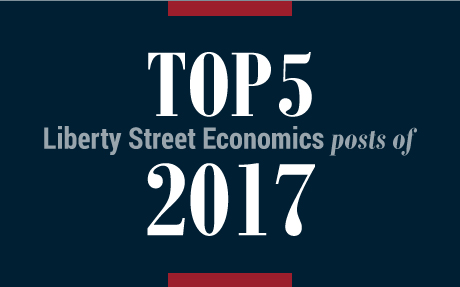
In the years preceding the Great Recession, the United States experienced a dramatic rise in household debt and an unprecedented increase in import competition. In a recent staff report, we outline a link between these two seemingly unrelated phenomena. We argue that the displacement of workers exposed to import competition fueled their demand for mortgage credit, which left many households more vulnerable to the eventual downturn in the housing market.



















 RSS Feed
RSS Feed Follow Liberty Street Economics
Follow Liberty Street Economics